If you’d rather have your marketing vision turn into a brilliant reality rather than a disappointing flop, this article about successful brand management is for you. By avoiding the following six branding mistakes, you too can be headed for safe harbor. After all, that's what it's all about!
No desire to read? Listen to the blogcast instead:In the 1990s brand icon Harley-Davidson tried selling an eau de toilette under the name Hot Road. So what could be wrong with that? Well, turns out quite a few things. Check it out:
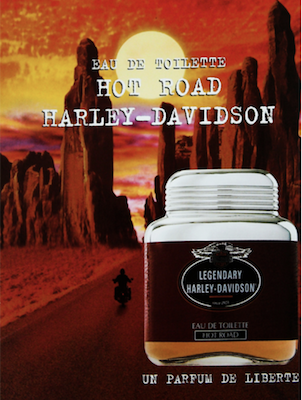
Advertising poster of Harley-Davidson's perfume "Hot Road" on fragrantica.com.
Normally, well-known and popular brands like Apple or Disney can make any product desirable simply by slapping their logo onto it. Apple, for example, could make nearly any electronic device and people would most likely buy it. Likewise, Disney Super Fans would watch almost any Disney movie simply because it's a production of the Disney Studio.
In any case, successful brands mostly keep with what they are known for, where consumers trust them.
So ask yourself, would Harley-Davidson lovers buy T-shirts, shoes, sunglasses, or motorcycle equipment with the Harley-Davidson logo on them? Of course they would! But perfume?
Harley’s perfume product description didn't exactly draw in the customers either. Because Harley-Davidson users are less likely to be looking for a "heady aromatic blend [...] to start your day the right way." They would definitely have done better if they had really understood their target group by sampling before the perfume launch. The customers would have discouraged Harley from the perfume idea and perhaps have led them to a completely different market opportunity.
The approach of the push strategy, as implemented by Harley-Davidson, was and is the wrong way – especially in today's world. Due to saturation in the market, companies are dependent on cooperation (co-creation) with consumers like never before to offer even better products and services.
Today, consumers are not just customers, but customers who have a say in how a brand develops. A win-win situation on both sides only comes about when a pull strategy is pursued. Top managers confirm this approach.
Interbrand: Here’s how the world’s best brands master the rules of brand management.
Mynd recommends a customer-centric brand marketing strategy to ensure that you are successful in building your brand. However even then you can fall into marketing pitfalls more often than intended. To minimize that from occurring, we suggest six tips and tricks to avoid common pitfalls. We’ll show you six different dangers and how to best avoid them. Use our information, tips and case studies.
Let's start with the first mistake you could make – but don’t have to make – courtesy of our tip to forewarn you!
#1 Not communicating authentically.
The strategy pyramid contains the value proposition (vision, mission, values), objectives and concrete planning of the marketing measures. It is the basis of every entrepreneurial action. Like a spoon for a cook, this pyramid is the most important tool for business leaders and visionaries because it sets the direction and influences large as well as small marketing activities.
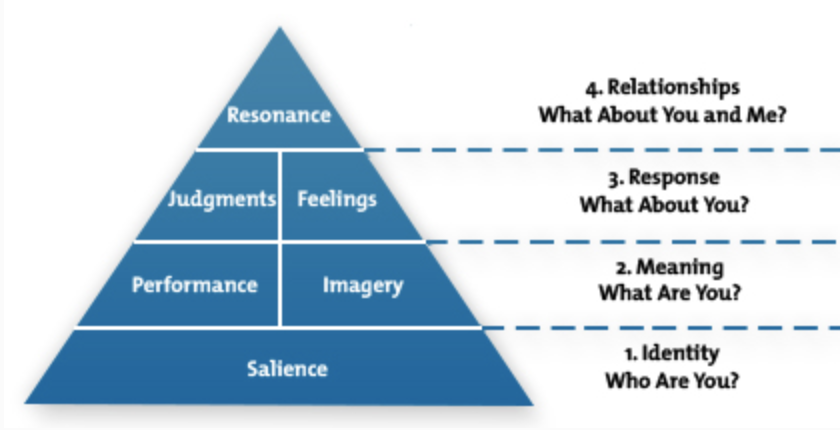
For the Strategy Deployment Pyramid to LeanMap® proceed from top to bottom.
An authentic behaviour especially in a business context and especially in social media means to create an image of how you want to be perceived by the outside world. It remains to be seen whether this has anything to do with authenticity. In any case, your statements and actions must be consistent in order to maintain a uniform image to the outside world. The Pyramid Strategy supports this project. Consumers pay very close attention to whether your words are followed by deeds or whether your promises are not just hot air.
The 4ocean brand was in need of discussion. Your marketing activities seem to be controversial, as a customer found out:
“Is the 4ocean bracelet a scam?" – A question that YouTuber Danye Har posed.
In the comments section of Danye’s there were video links from 4ocean, the brand's response to Danye's video and Danye's second reaction.
Whether fraud or not, as a company you should avoid getting involved in such a firefight. The case of 4ocean is really unattractive, as its entire existence is being questioned, as is the way it does business.
What can we learn from this?
Never pretend to be something you are not. Because the truth will come to light sooner or later and leave a bad impression and a sense of inauthenticity. Your entire way of doing business could be questioned. These drawbacks can be overcome, but not without significant effort, time and goodwill by your team.
#2 Choosing unsuitable products and partnerships.
As shown in the previous section, we recommend you create your strategy based on your value proposition and business objectives. However, to move forward in planning and action, the Marketing Mix is used. With the help of this tool you can determine concrete measures in four different areas: Product, Price, Place and Promotion (4 P's).
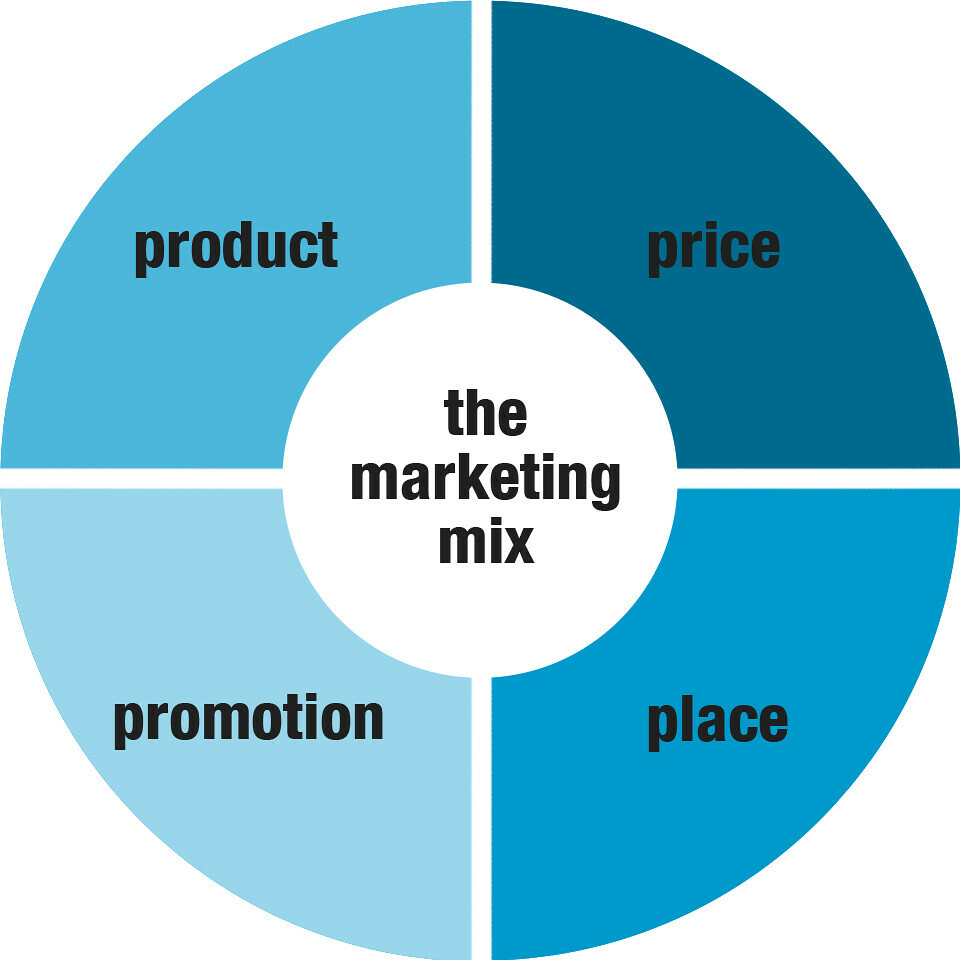
Interaction of the 4 P's.
But the most important aspect in the marketing mix is and will always be the product. Lacking a persuasive product, one that does not generate any concrete added value, makes it difficult to be successful in the long run.
In 2013/14, Oreo experimented with a new flavor and brought Oreo Watermelon to supermarket shelves. People were not enthusiastic at all. Instead, numerous funny product tests were conducted on YouTube like the following one – but not to the benefit of the Oreo company.
Kinda Funny tests Oreo Watermelons.
A product partnership that also had to be buried was that of Shell and Lego. Although the partnership lasted over 50 years, the companies split up in 2011, triggered by a Greenpeace video that was shared a million times and criticized the collaboration between the two brands. Greenpeace found it ethically incorrect to let children play with toys bearing the name of a questionable petroleum company. This was due to Shell's aggressive oil drilling in the Arctic and other unsafe environmental practices of the past.
Greenpeace takes drastic action against Shell and Lego.
What can we learn from this?
Ask yourself honestly whether some products are sensible additions to your product portfolio and are desired by customers. If you are also developing products with other companies, you should ensure you know explicitly what your brand is being used for because the message has to be clear! If your partner doesn’t pursue the same goals and have similar values, it can result in confusion for consumers and distrust. Consumers may forgive you one time, but not twice. In the worst case they’ll turn away from your brand altogether.
#3 Ignoring the brand's image.
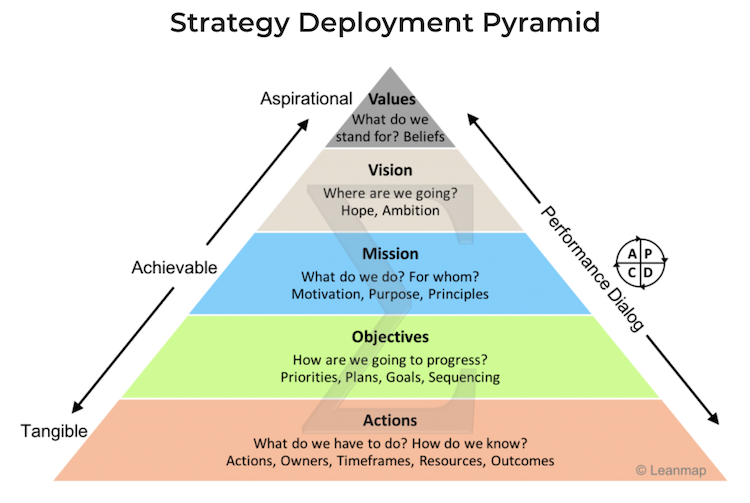
Keller's Brand Equity Model on MindTools (based on the original by Keller, K. L., 2009. Building strong brands in a modern marketing communications environment. Journal of Marketing Communications, 15(2-3), p.139-155.).
Self-image and external image are two fundamentally different concepts.
Self-image is the image of one's own company. How you see yourself depends on rational and emotional factors such as the brand equity model. Usually self-image is strongly oriented towards the desired image, i.e. who you want to be.
Of course, you want to implant this wishful thinking into the minds of your target audience. But it's not that simple! Because your target group usually already has a certain image of you, which is called an external image.
Many companies make the mistake of aligning their marketing activities with their self-image without taking the external image into account. This causes problems when their message fails to register with the target group. In other words, their offer is of no interest to the target group and therefore the campaign, for example, fails.
Global companies should also be attuned to what people in international markets perceive. This is where intercultural know-how becomes noticeable. International marketing experts know that due to differences in language, religion, politics, economy and social life there is no "one-size-fits-all" solution. This means, for example, that what works in one country does not necessarily work the same in another. This is shown in the example of Pampers:

P&G's Pampers advertises with a stork (source: Leadersnet).
When Pampers tried to conquer the Japanese market, they kept the picture of the stork delivering babies on the packaging. This may have been successful in the USA and Europe, but not in Japan. There is no stork there. Instead they depict huge floating peaches delivering babies to their new parents. What an aha moment for Proctor & Gamble – but unfortunately too late.
For this reason, it is a good idea to create Keller's Brand Equity Model for both the self-image and the external image. Customer data from previous and current target group analyses, for example, can help in the development of the external image. In this way, you have a direct comparison between two image variants and can plan and adapt your communication accordingly.
What can we learn from this?
Rather than taking things for granted or believing that a product is self-explanatory, you should rather review various aspects of your campaign multiple times. It’s not always possible to identify potential points of misunderstanding and to plan to overcome them. Pilot projects are suitable for this.
What can we learn from this?
Rather than taking things for granted or believing that a product is self-explanatory, you should rather review various aspects of your campaign multiple times. It’s not always possible to identify potential points of misunderstanding and to plan to overcome them. Pilot projects are suitable for this.
#4 Not maintaining a consistent outward image.
Now we take on the fourth "P" in the marketing mix: Promotion. In order to build a strong brand identity, another rule is: uniformity. By presenting yourself in the same way on all channels, this promotes consumer confidence and ensures unmistakable recognition. However, a company that always presents itself in a different way seems dubious, unprofessional and not particularly trustworthy.
Uniformity starts with your visual appearance. For every channel you use, you use the same design – be it for your website, blog, social media, online shop, print promo material, etc. – and you're sure to get the same look.
But there's much more to it than just marking your profiles and content with your logo. Colors, fonts, visual language, visual elements, tonality and language style are further important considerations for a coherent identity. For this reason, we recommend that you design a style guide. Employees can orient themselves to this style guide and consistently reproduce uniform content.
Companies that can manage to keep their identities uniform and coherent get the award for “Best of”! A great example of a “Best of” company that has succeeded in maintaining a uniform look is the British company innocent smoothies
At this point we’d like to show you a positive example (for a change!)

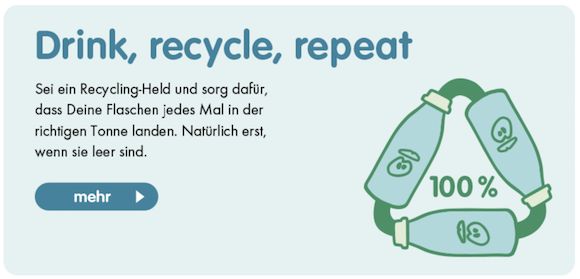
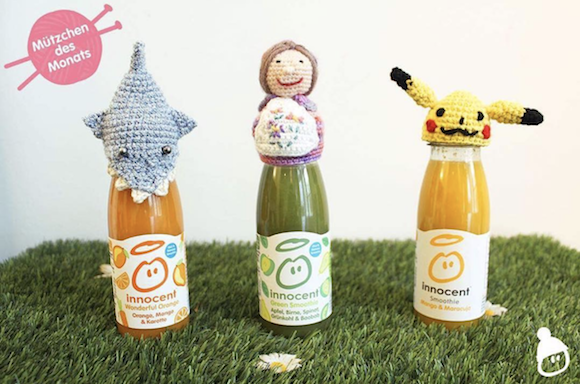
inncocent – how the brand lives and breathes.
innocent is a playful brand with a lot of humor that shows a certain effortlessness. In the picture collage above you can see three examples of their charming marketing activities: an Instagram Post (bottles with knit caps as part of a Red Cross charitable drive), a call for recycling, and their playful bottle design featuring the benefits of their smoothies.
What can we learn from this?
Uniformity only works if there are guidelines that are adhered to. To this end, carry out ongoing quality controls and bring your branding colleagues to the same table again and again to discuss current performance and future improvement measures.
#5 Pivoting away from old but successful concepts.
Time has shown that rebranding visual elements can go wrong. Tropicana is a perfect example. The brand has redesigned its logo and packaging.
To be honest, the new minimalist design is much tidier and more dynamic, in keeping with today's zeitgeist. However, the revised self-portrayal no longer has much to do with the original. The bold, curved "Tropicana" lettering, the orange with the straw and the slogan "Pure Premium" have disappeared - all gone. Where has Tropicana's identity gone?
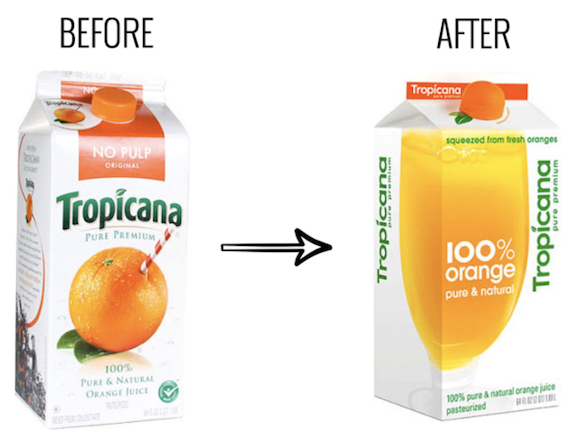
Tropicana's Branding Fail: Eine Gegenüberstellung von The Branding Journal.
That's what consumers have been asking themselves. Sales figures suddenly plunged by 20%. PepsiCo, Tropicana’s parent company reversed the change and reintroduced the old packaging. That didn’t last long!
What was the reason? Consumers were used to seeing the old design and had cultivated a very emotional relationship with the brand. They simply didn't recognize their beloved Tropicana soft drink anymore.
What can we learn from it?
Don't go too far into left field during a visual rebranding. Stay true to yourself and take into consideration the external image, i.e. how your customers see your product (see #3) in your decision. In general, it always makes sense to retain distinctive design elements (logo, typography, slogan, image/icon) in the same or a similar form.
#6 Chasing the latest trends.
Every year there are new design trends that are even better, more beautiful and hipper. We understand that you are afraid of looking old-fashioned. But you should look at these trends as a source of inspiration rather than turning your corporate identity upside down every year.
If you run with the trends anyway, you run the risk of projecting an unreliable image (see #4) and possibly deviating too much from the original image of your brand (see #5). This gives you a very erratic and untrustworthy impression. How can you still expect customers to trust your value proposition? Ideally, however, you will have created a brand that is so robust and timeless that it survives fashion trends and yet doesn’t age.
What can we learn from it?
Plan for the long term rather than thinking in terms of short-term goals. After all, your brand should be a survivor!
You and your brand have come to stay!
Products hardly differ anymore and saturation of the market is what’s to blame. With all the confusion and the sensory overload, brands offer the only differentiation. Branding experts have been and will be even more busy in the future to create a unique and uncopyable brand with a strongly committed following. That is the challenge.
Do you accept the challenge? Then let's get on with it. The best way to get started is to check your company for our six mistakes. Don't forget one thing: find a good balance between listening to your target group and staying true to yourself – that's what counts. You can do it!
You also want to know how videos enrich your branding? No problem. We at Mynd have the answer for you. If you are interested, please contact us for a free and non-binding consultation »




